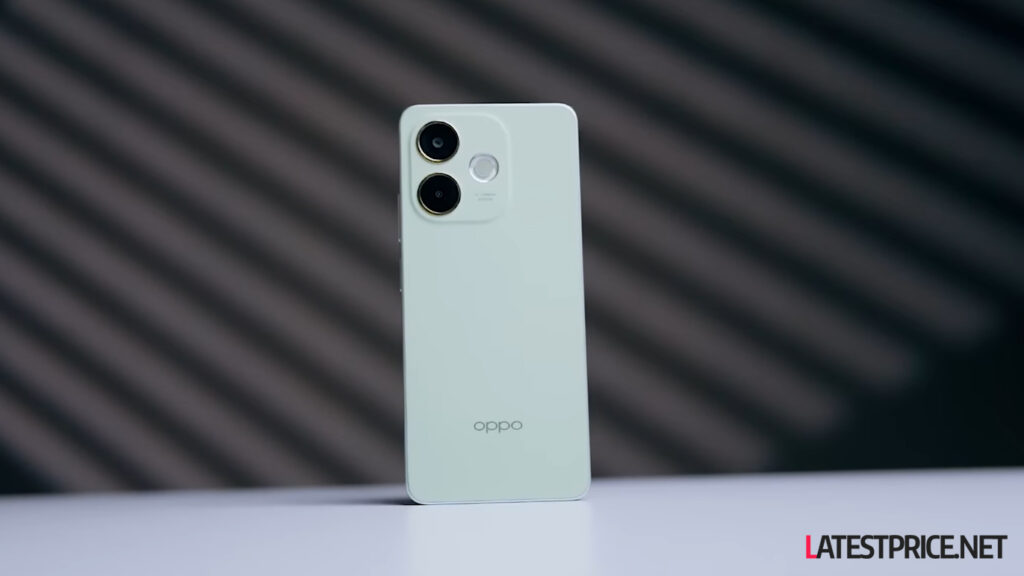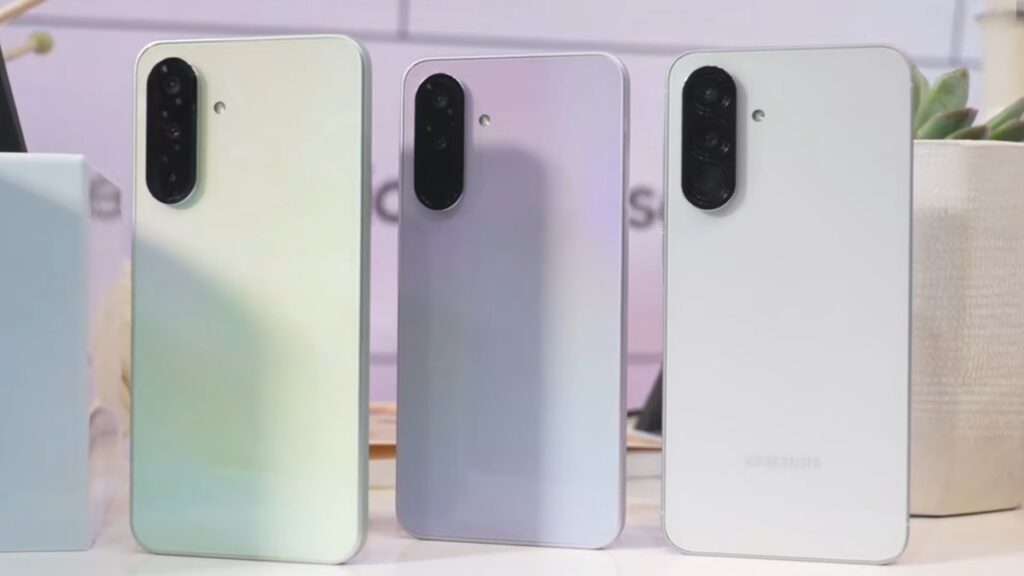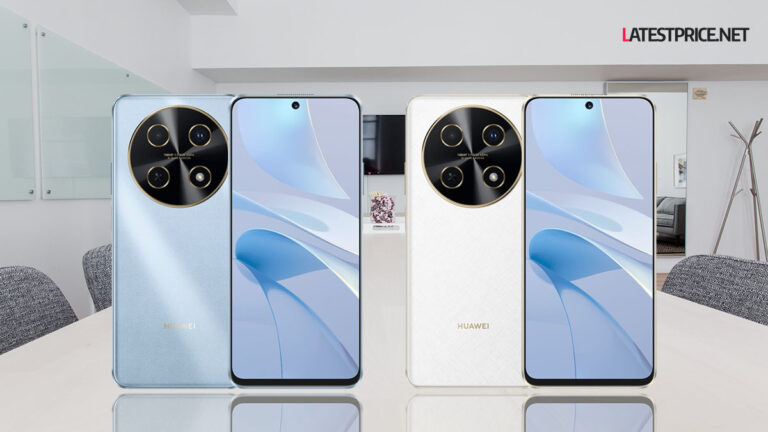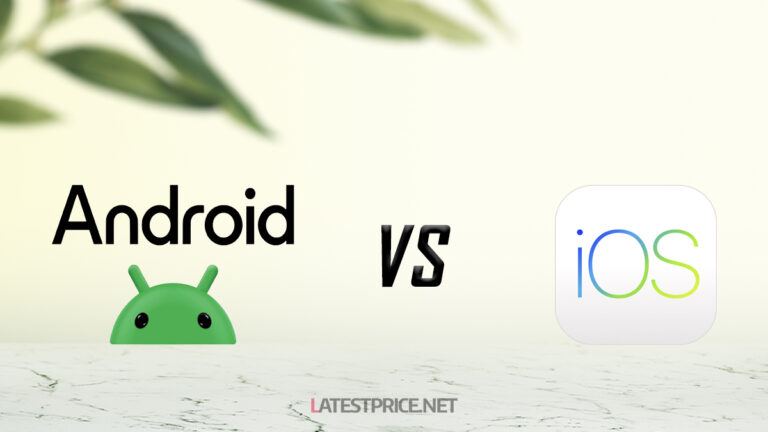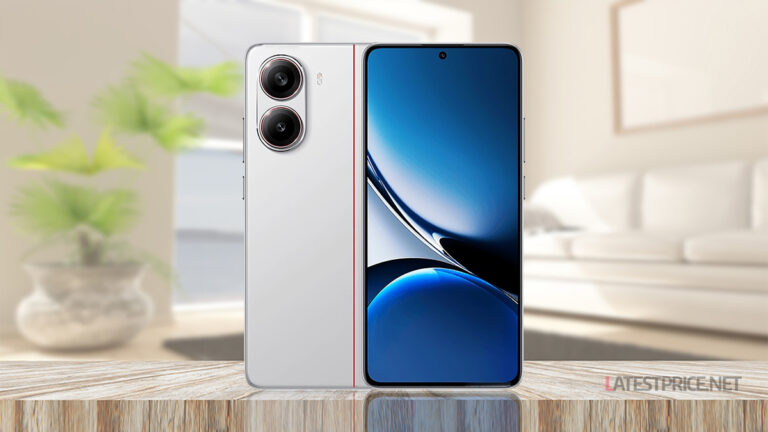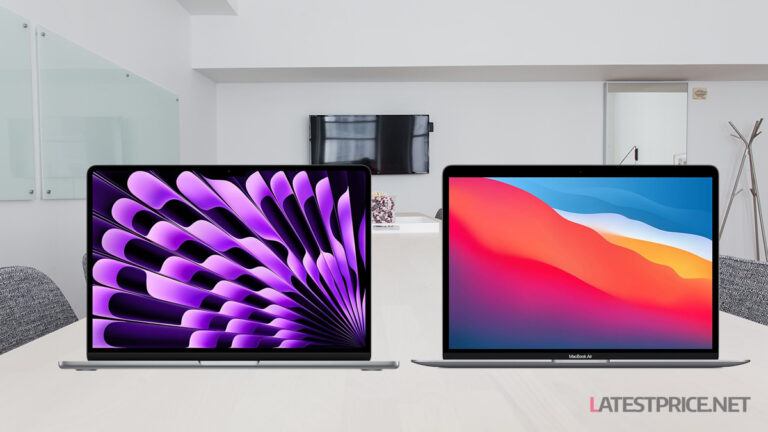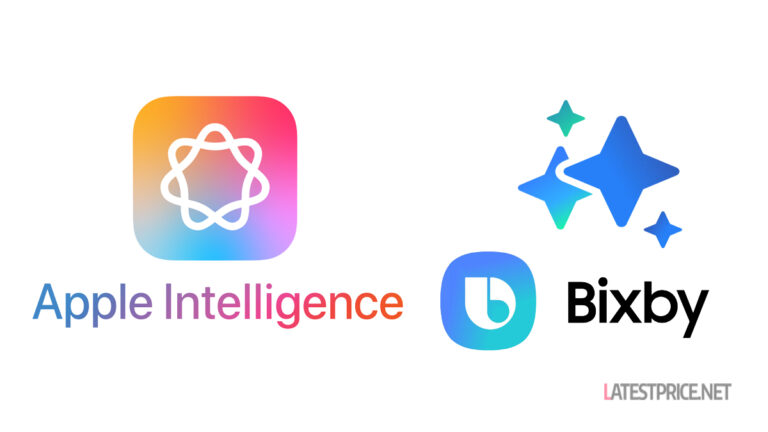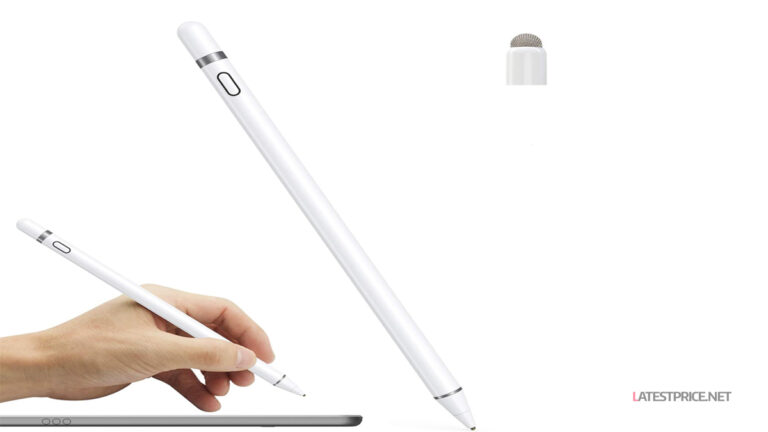Today, we will discuss Why Android is Better Than iPhone. The battle over which mobile platform reigns supreme never seems to quiet down, either; Android and iPhone users on both sides each have their loyal following and an argument in their back pocket. However, Android enjoys some fundamental advantages that, for many consumers, make it the better operating system choice. Android provides a better experience regarding customizability, hardware diversity, and pricing variability, and there is room for integration. In this article, we assess the factors which make Android ultimately the dominant choice для mobile enthusiasts.
1. The Personal and The Personalized
One of Android’s most significant advantages is its unmatched level of customization. While iOS provides a generally more consistent and controlled user experience, Android is designed for users who want to customize their devices to a much greater degree. From altering the user interface with custom launchers to modifying specific widgets and icons, Android users can shape a smartphone experience that embodies their character and requirements.
In addition, the Android platform provides numerous widgets and live wallpapers for users to directly check their preferred apps, news, and weather at home. At the operating system level of the phone, the level of personalization of the phone was staggering from altering the UI to absolutely whatever you desired — the font, the system behaviours, the themes, et cetera; granted and sure, it does impose by nature a significant learning curve, but is it worth user not to have that option on iPhone?
2. Gadget Variety and Business-centric Evolution
The open Android ecosystem has led to various devices by various manufacturers, each with its unique feature set and innovations. FromSamsung’ss innovative display to Google’s pure Android experience phones, OnePlus’ss performance-focused mOnePlus, and Xiaomi’ss highly affordableoptiXiaomi’sere’ss an Android phone with there for everyone, right down to price point.
The consumer choice provided by these telecoms pushes their technology to develop rapidly. New features like foldable screens, high-refresh-rate screens, advanced camera systems, and monster battery sizes tend to appear on Android before coming to iPhones. It features a fiercely competitive landscape that keeps Android devices at the forefront of innovation, allowing users to access those advancements long before they make it to the Apple lineup.
3. Flexibility On Price and Availability
Androids cover a wider range of budgets than iPhones, primarily in the higher price ranges . Android’s wide-ranging range has to suit everyone, from high-end flagships with all the top specs to do-it-all capable, easy-on-the-wallet, everyday readiness of more affordable smartphones.
And in emerging markets where pricing tends to be key, such price flexibility is beneficial. Moreover, older Android models are often available at lower prices, allowing users to get similar quality hardware for far less than the latest iPhones. This broad reach enables Android to cater to a more diverse audience, facilitating digital inclusion across different economic segments.
4. Google Services Integration
Android devices are fundamentally built to work with Google’s wide-ranging ecosystem, which is among the most globally popular. There is also complex and deep integration across Google apps, from Google Assistant and Google Maps to Google Drive and Gmail, ensuring a seamless and productive user experience. Unlike the Monoculture, these services are often easier to customize and more accessible via Android, allowing you to customize powerful tools for productivity, navigation, and communication.
Android is compatible with many third-party applications and services” thereby making the OS more” style. Users can easily combine different cloud storage solutions, productivity applications, and entertainment platforms to complete their smartphones.
5. Expandable storage & hardware features
However, for most Android devices that support expandable storage, a microSD card provides an affordable option for users to increase their storage. This is convenient for people with limited amounts of data (photos, videos, and so forth) on their phones who don’t want to pay more for high-definition models with more significant internal storage.
Also, many Android smartphones feature hardware that is missing in iPhones. Headphone jacks, USB-C ports, IR blasters, removable batteries and other features are included so that users can enjoy more flexibility. Such tangible hardware options make for a more adaptable, user-friendly experience.
6. Lack of Access to App Stores and Software Freedom
The Apple App Store has strict technical curation and safety measures, but Android provides a more expansive playground for app dissemination. Because of the many app stores, such as Google Play Store and Amazon Appstore, users have a more excellent choice of applications and competitive pricing. In contrast, Android’s Android permits uAndroid’suAndroid’sonlyl applications from other sources but also provides a broader software ecosystem, with a greater variety of specialized software (even niche ones).
Because of this openness, developers can innovate and compete, resulting in a varied and energetic app ecosystem. This way, it brings more flexibility and diversity in its functions since people are not limited to one device to have the applications.
7. Improved Multitasking and Productivity Features
The Android OS is made to take advantage of multitasking and productivity. Support for a split-screen mode or picture-in-picture alongside other windows allows users to run multiple apps simultaneously to improve efficiency and convenience. This is a boon for power users who live on their phones for work, helping them juggle their emails, documents, and communication apps like WhatsApp.
Moreover, Android’s Android’sion management is more flexible—we can prioritize, organize, and respond to notifications without unlocking the device or the app. This allows users to control what they get and when, allowing them to focus, relax, and thus be more productive overall.
8. Advanced File Management and Connectivity
However, Android inherently has a decent file management system compared to iOS, allowing users more control over the data and files on their devices. Because you can read and write directly to the file system, it makes transferring, organizing, and managing those files much more straightforward. On the other hand, Android is much more functional for external file utilities: USB file transfers, drive-specific networked drives, and connecting to additional physical storage.
In addition, Android supports a wide range of connectivity options, such as Bluetooth, NFC, and multiple wireless standards, which means painless integration with other devices and peripherals. Such versatility is essential for users who use their smartphones for many tasks, including transferring files and connecting with smart home products.
9. Regular and timely software updates
While Apple has a decent track record of updating its devices on time, Android has taken leaps in the past few years to improve its update story. Additionally, most Android manufacturers provide regular security patches and software updates, ensuring the devices remain secure and up-to-date with the latest features. Say, say, regarding updates for keeping an Android phone, especially Google’s PGoogle’seup, up to daGoogle’sdaGoogle’swantet direct updates straight from the company with a pure experience with little turnaround time.
Also, Android’s Android software mode allows for more minor incremental updates, functioning, and performance improvements without forcing significant software rewrites. Such upkeep helps prolong the lifecycle of Android-powered devices, giving users an ever-evolving and more secure environment to navigate.
10. More Privacy and Security Options
Android gives users much control over privacy and security settings compared to iOS, which places quite a bit of responsibility for safety on the user. In addition to the new layouts and navigation options, users can choose which apps to access various data modes, such as the ability to track location, access contacts, or access the camera. Moreover, Android security options encompass an integrated virus attack guard, secure software installations, and regular protection updates that quickly fix vulnerabilities.
However, the open nature of Android allows users to use third-party solutions like VPNs, antivirus or privacy browsers to protect their devices. Users can customize their security to align with their unique requirements and preferences at this level of granularity.
11. More Integration with 3rd Party Hardware/Software
The open ecosystem of Android allows for more excellent compatibility with a large amount of third-party hardware and software. Android provides excellent compatibility and flexibility, whether logging in for various smart home devices, their specialized peripherals like specialized MIDI pianos, or business enterprise software. Such integrations benefit those using their smartphones for personal and professional tasks, enabling them to work smoothly across different tools and environments.
With support for various file formats and standards, Android users can rely on their preferred applications and services without compatibility concerns. This interoperability enhances the functionality of Android devices, making them more versatile.
12. Variety of Use Cases and Innovation
Android has a rich and eclectic array of apps, lots of which do not exist on iOS. These applications range from countless customization options and utility apps to software designed for specific user types. Because Android is open source, developers are free to experiment with different styles and ideas, which leads to a more dynamic and groovy app ecosystem.
Furthermore, Android’s generation of technologies, including augmented reality (AR), virtual reality (VR), and artificial intelligence (AI), tend to accelerate the embrace and integration of such innovations. This lets users access the latest applications and features sooner, enhancing their overall smartphone experience.
13. Go Green: IPTV Sustainability and Eco-Friendly Initiatives
OEMs also bring sustainability into the fold with Android devices made from recycled materials, energy-efficient components, and extended support cycles to minimize electronic waste. Eco-friendly practices have become consistently popular among manufacturers and business owners, attracting eco-focused buyers who are mindful of practices in production and manufacturing before making a purchase.
Moreover, the wide-ranging market for Android devices facilitates competitive pressure among hardware producers to implement eco-friendly measures, thus motivating sustainable technology advancement. Collectively, we create a more eco-friendly smartphone industry that is consistent with global trends of trying to combat the negative environmental influence of consumer electronics.
14. Global Reach and Localization
Thanks to Android’s Android’s worldwide, the platform is available and works well with many languages, areas, and social inclinations. Its localization goes beyond just the language; it includes software support relevant to different regions, services, and features that align with what is available in those regions. Android’s Android adapts to Android’s Android’sh as support for local payment methods, integration with regional services, and culturally relevant content — making it a far more inclusive PEA with a global relevance platform.
This worldwide presence also encourages a more diverse developer community, leading to a broader and more varied app ecosystem that mirrors the needs and interests of users from different backgrounds and areas.
15. Preparing for the Future and Embracing Technology
With its flexible and open architecture, Androidcano adapts to future technological innovations. It is highly adaptable so that new technologies and standards can be easily integrated as they become available. Android continues steering the ship from next-generation wireless protocols to cutting-edge hardware capabilities and software solutions to enable the very applications we rely on daily.
This prepares Android devices for greatness by ensuring they continue to be on top of the game through performance and use, not making the devices obsolete, and keeping a lifelong Android. This is why the combination of Android and new technologies will be the king in the future: Even with technology growing, Android will be ahead of the curve, carrying every new tech, thus making it the most sought-after option for the modern generation.
Our Verdict
While Android and iPhone both provide powerful and capable smartphone experiences, Android’s ability, hard hardAndroihardAndroid’sge, Google service integration, and overall flexibility make it better than the rest for most users. Its platform is open, allowing innovation and competition by multiple manufacturers, leading to a broader choice of devices and features to accommodate different tastes and needs.
The same goes for Android, which is committed to accessibility, featuring an extensive app ecosystem and future-proofing capabilities that allow it to remain a versatile and forward-thinking platform. Overall, Android is the better option when it comes to a smartphone experience that is affordable, customizable and feature-packed, especially when compared to the iPhone,
As technology evolves, the Android platform remains a game changer, offering a flexible, user-friendly environment that keeps up with the latest trends and user demands to provide an experience with consumers in mind.
More: Apple vs Samsung Intelligence: Which is Better?




